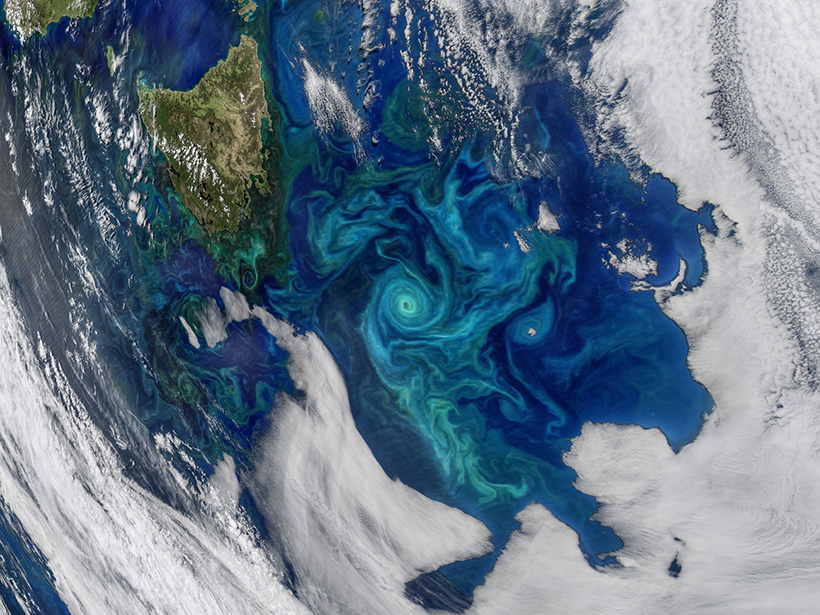Advances in technology and modeling capabilities are driving a surge in progress in our understanding of how ocean ecosystems mix and mingle on medium to small scales.

Advances in technology and modeling capabilities are driving a surge in progress in our understanding of how ocean ecosystems mix and mingle on medium to small scales.